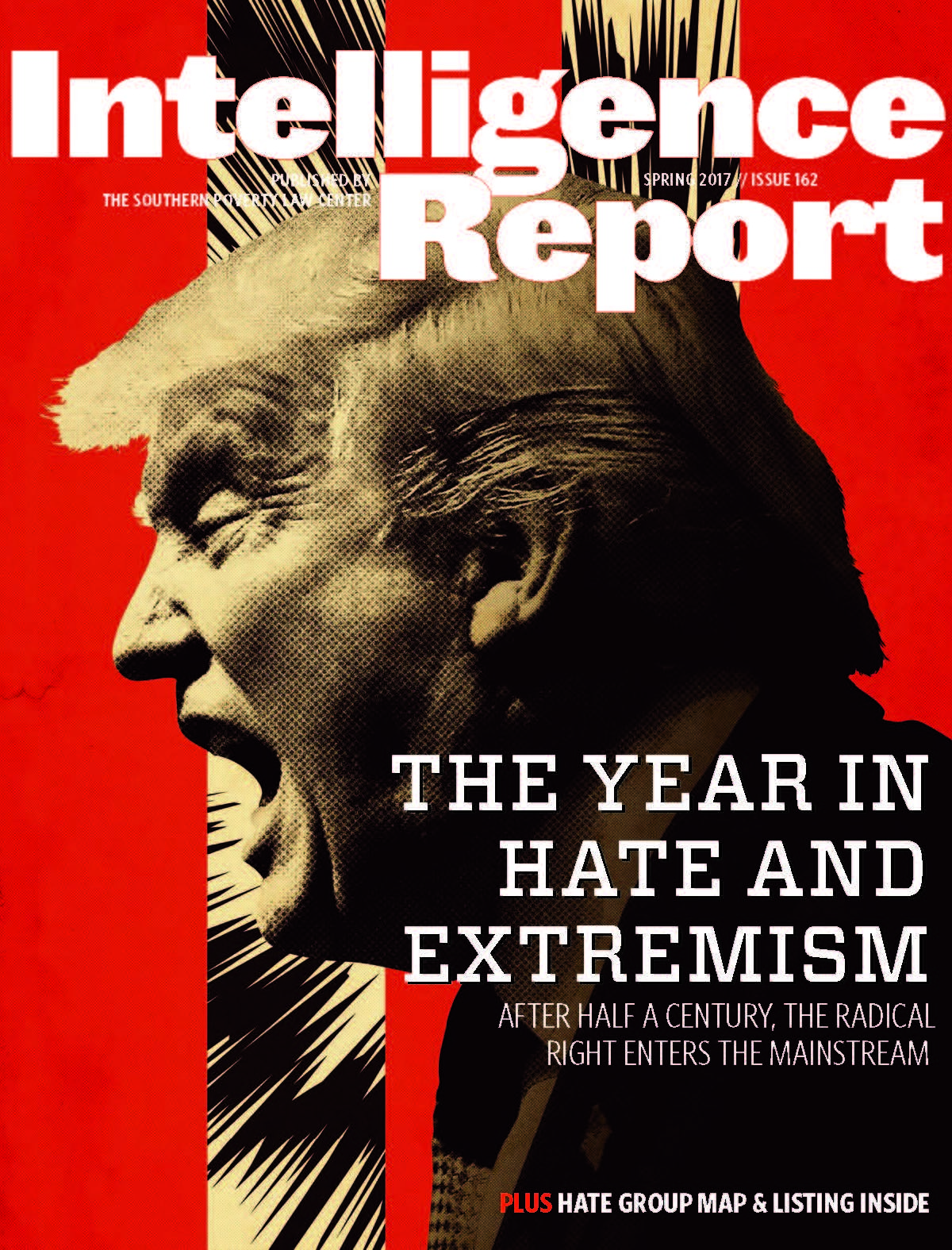The horrific list just keeps growing.
Deeniquia Dodds, 22, died on July 13, nine days after she was shot in the early morning hours of July 4 near her Washington, D.C., home. Dee Whigham, 25, was robbed and stabbed to death near Biloxi, Miss., on July 23, while in town for the Gulf Coast Black Rodeo.
Skye Mockabee, 26, was found dead of an apparent head wound on July 31 in Cleveland, Ohio. Erykah Tijerina, 36, was found dead in her El Paso home on Aug. 8; police suspected foul play. Rae’Lynn Thomas, 28, was shot and beaten to death, allegedly by her mother’s ex-boyfriend, in Columbus, Ohio, on Aug. 10.
Lexxi T. Sironen, 43, was found dead Sept. 6, in Waterville, Maine. T.T. Saffore, 27, was found dead, her throat slit, in Chicago’s West Garfield Park neighborhood on Sept. 11. Crystal Edmonds, 32, was shot to death in Baltimore on Sept. 16. Jazz Alford, 30, of North Carolina, was also shot to death, at a Birmingham, Ala., motel on Sept. 23.
Brandi Bledsoe, 32, was found dead with a bag around her head on Oct. 8, in what Cleveland police suspect was a homicide. The body of Sierra/Simon Bush, 18, was found in a creek near Idaho City, Idaho, on Oct. 22, under what police termed “suspicious circumstances.” Noony Norwood, 30, died Nov. 6 in a Richmond, Va., hospital, the day after she was shot. And India Monroe, 29, was shot to death in Newport News, Va., on Dec. 21. Before she was buried, her long hair was shorn and she was dressed in a suit.
Each of these apparent homicide victims was either transgender or gender-nonconforming. Most were trans women, and most of those, black trans women, who, according to Mic.com, constituted 72% of transgender homicide victims since 2010. Together with 14 others murdered in the first half of last year, these 13 are victims of trend that made 2016 the deadliest year on record for transgender people.
These deaths, which due to inaccurate and incomplete reporting almost certainly constitute only a fraction of the actual toll of transgender people murdered last year, took place against the backdrop of a prominent public conversation about transgender rights. Progressive activists had been demanding that transgender people be allowed to use facilities aligned with their gender identity, which social conservatives responded to by ginning up fears of malevolent perverts lurking in toilet stalls.
A study by Mic.com, a progressive news site, revealed that law enforcement and victims’ families are often hesitant to identify victims as transgender people, often referring to trans women as gay men or using gendered pronouns to describe non-binary individuals. Despite strong evidence in many cases, no homicide of a transgender person has led to a hate crime conviction since 2009, a problem Mic.com attributed at least in part to judicial bias and prosecutors’ failure to fully accept victims’ gender identities.
Many police departments were working to do better. Washington, D.C., and Detroit now have dedicated LGBT police units, and other cities are working to train police to be more sensitive to transgender issues. But as long as transgender people remain economically and socially marginalized, semi-acceptable targets of public venom, the Mic.com report concluded, they will remain easy targets for violence and murder.



